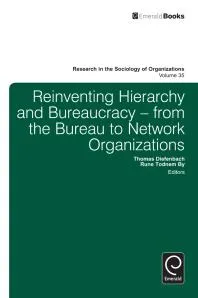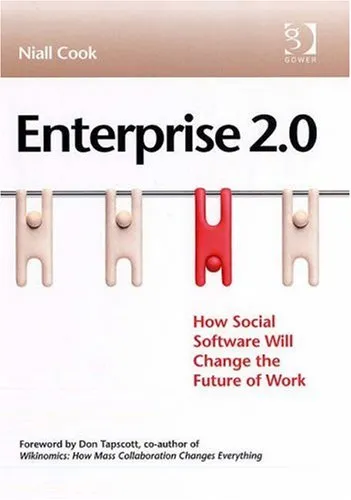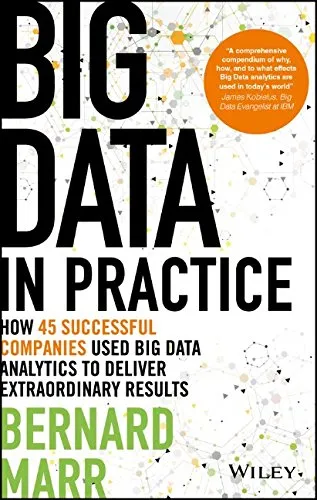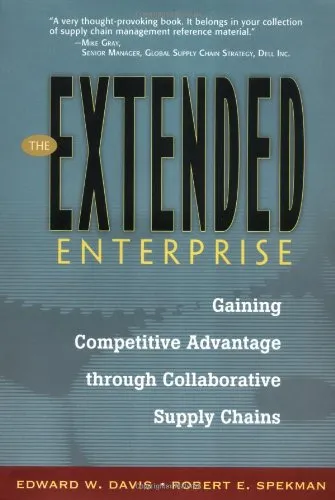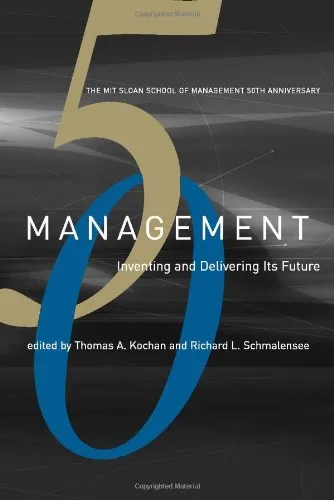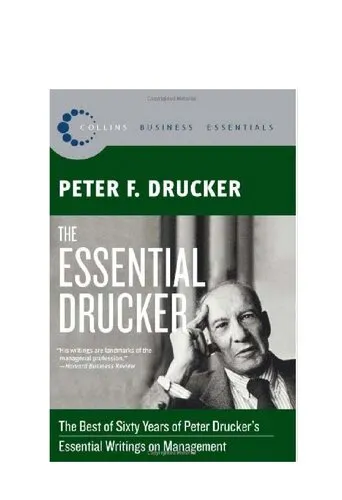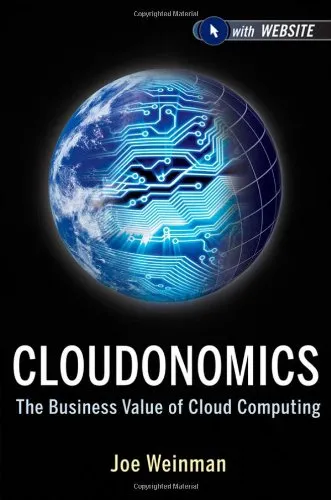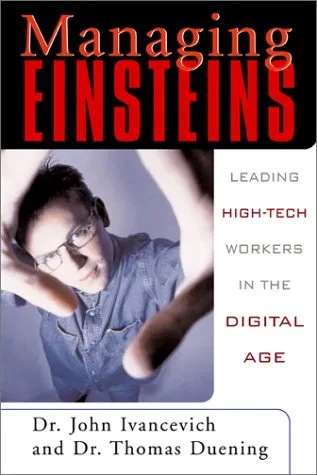Reinventing Hierarchy and Bureaucracy : From the Bureau to Network Organizations
4.8
Reviews from our users

You Can Ask your questions from this book's AI after Login
Each download or ask from book AI costs 2 points. To earn more free points, please visit the Points Guide Page and complete some valuable actions.کتاب های مرتبط:
Introduction
In an era where the dynamics of organizational structures seem to change faster than ever, "Reinventing Hierarchy and Bureaucracy: From the Bureau to Network Organizations" offers a profound exploration of modern organizational forms. Written by Thomas Diefenbach, Rune Todnem By, and Michael Lounsbury, this book delves into the complexities of bureaucracy and hierarchy and examines their relevance and transformation in today's network-oriented world.
As organizations evolve, the classical ideas of a rigid, centrally organized structure clash with the need for more agile, interconnected, and networked forms. This text serves as both a critique and a roadmap for understanding how hierarchical and bureaucratic models can be adapted to meet contemporary challenges.
Detailed Summary of the Book
The book meticulously navigates through the historical evolution of organizational hierarchies and bureaucracies while reflecting on their enduring significance. Initially rooted in Weberian principles, these concepts have shaped the bedrock of countless organizations globally. This book invigorates these concepts by contextualizing them amidst today's technological advancements and shifting market demands.
The authors dissect the multifaceted nature of bureaucracy, addressing both its drawbacks and its advantages. They invite readers to reconsider dismissive attitudes towards these structures, suggesting that when reinvented, they can coexist with network-based models that prioritize flexibility, speed, and innovation.
"Reinventing Hierarchy and Bureaucracy" outlines case studies and empirical examples, demonstrating organizations that have successfully integrated hierarchical structures within networked frameworks. Readers are guided through nuanced discussions on how these hybrid models can leverage the benefits of both worlds, balancing control with creative freedom.
Key Takeaways
- Hierarchies and bureaucracies continue to hold value in structuring large organizations efficiently.
- The adaptability of these structures is vital for realigning with modern, dynamic business environments.
- Network organizations do not necessarily negate the need for hierarchical practices but rather complement them.
- The evolution of organizational models requires a balance between traditional and innovative approaches to meet competitive pressures.
- Successful organizational transformation is driven by leaders who can harness the strengths of both hierarchical and networked paradigms.
Famous Quotes from the Book
"In the dance of organizational change, the rhythm lies in knowing when to hold on to tradition and when to embrace innovation."
"Reinventing bureaucracy isn't about dismantling the past; it's about evolving towards a future where structure and fluidity coexist."
Why This Book Matters
In an age marked by rapid technological developments and shifting business landscapes, understanding the balance between traditional structures and innovative adaptations is crucial. This book is an essential read for academics, practitioners, and anyone interested in the future of organizational theory. It challenges preconceived notions that may depict hierarchies as obsolete and instead provides a compelling argument for their continuous relevance when intelligently reinvented.
The topics covered in "Reinventing Hierarchy and Bureaucracy" are not just academic—they bear practical implications for leaders in all sectors striving to enhance organizational effectiveness through thoughtful integrations of old and new paradigms. The book serves as a guide to reinventing organizational frameworks, equipping readers to navigate the complexities of modern work environments and emerge as visionary leaders.
Free Direct Download
You Can Download this book after Login
Accessing books through legal platforms and public libraries not only supports the rights of authors and publishers but also contributes to the sustainability of reading culture. Before downloading, please take a moment to consider these options.
Find this book on other platforms:
WorldCat helps you find books in libraries worldwide.
See ratings, reviews, and discussions on Goodreads.
Find and buy rare or used books on AbeBooks.
1326
بازدید4.8
امتیاز0
نظر98%
رضایتReviews:
4.8
Based on 0 users review
Questions & Answers
Ask questions about this book or help others by answering
No questions yet. Be the first to ask!
